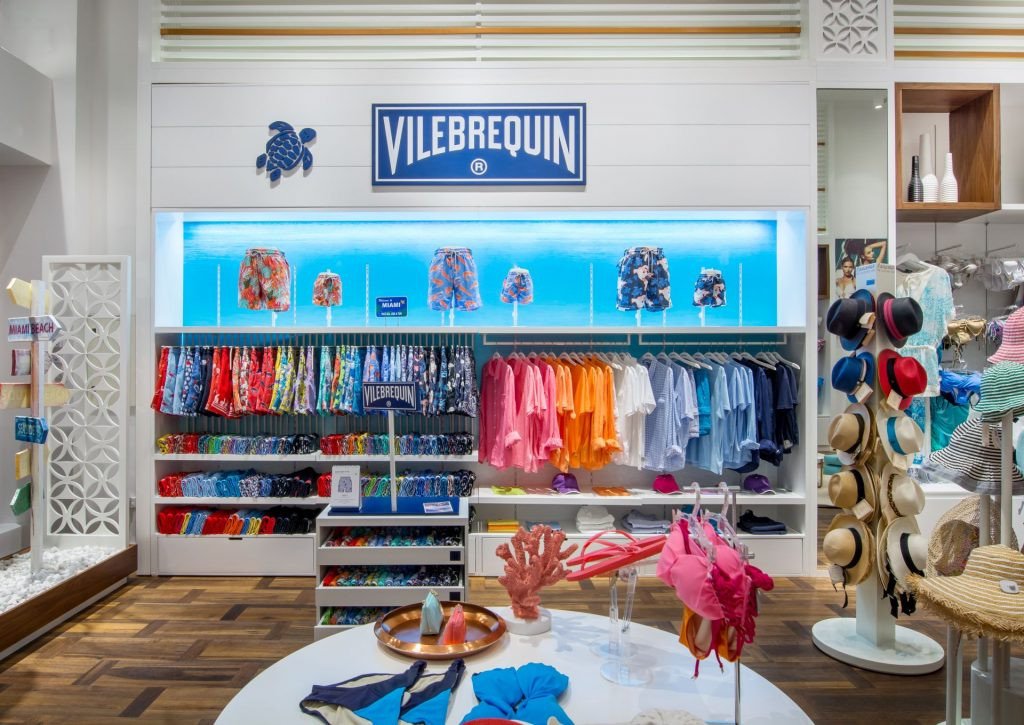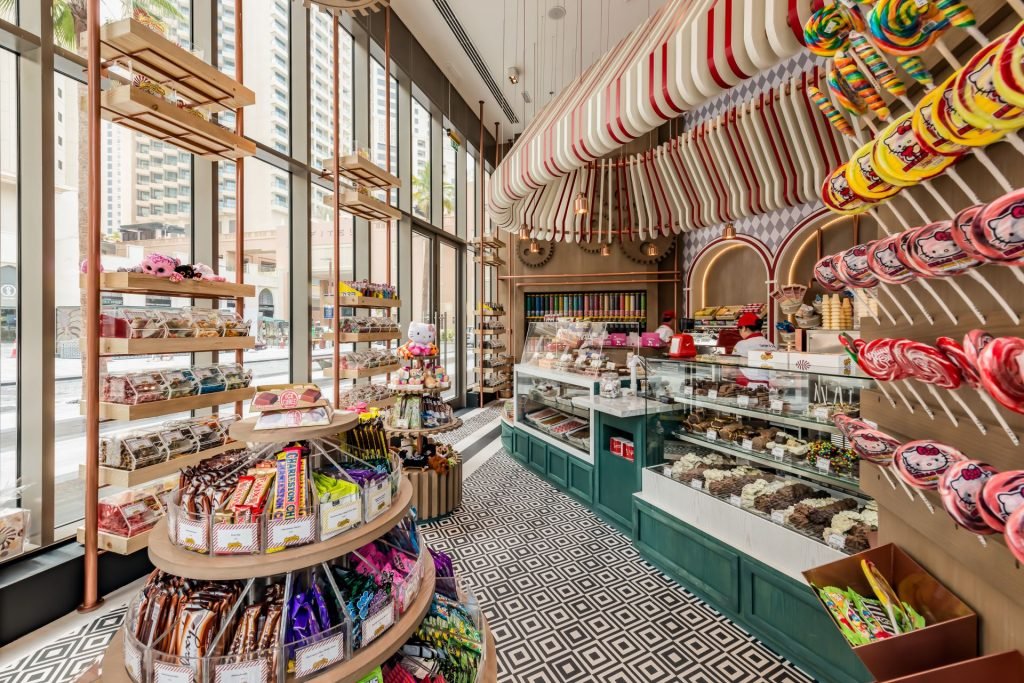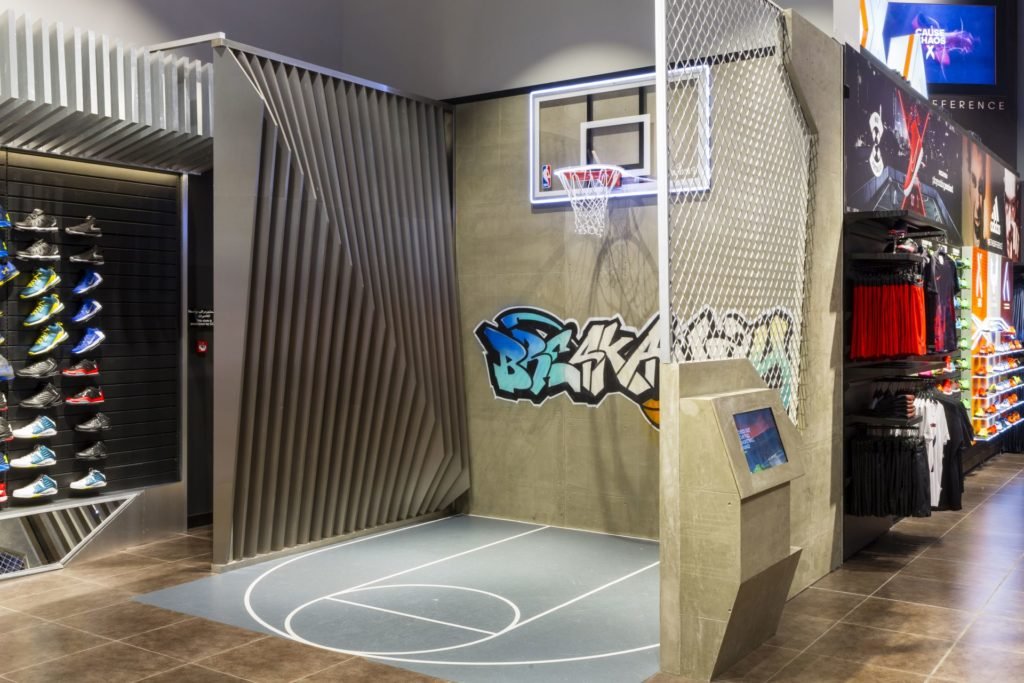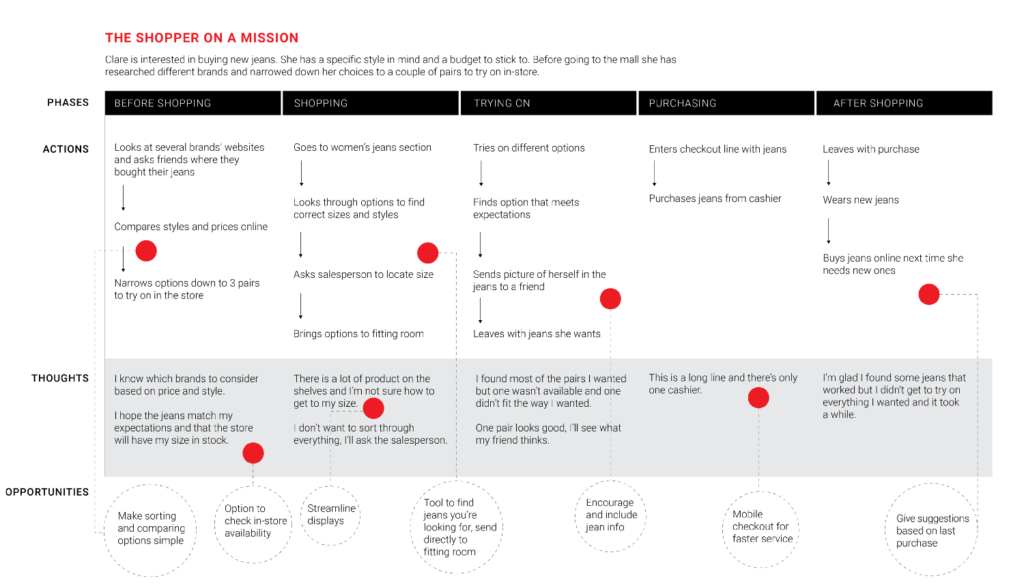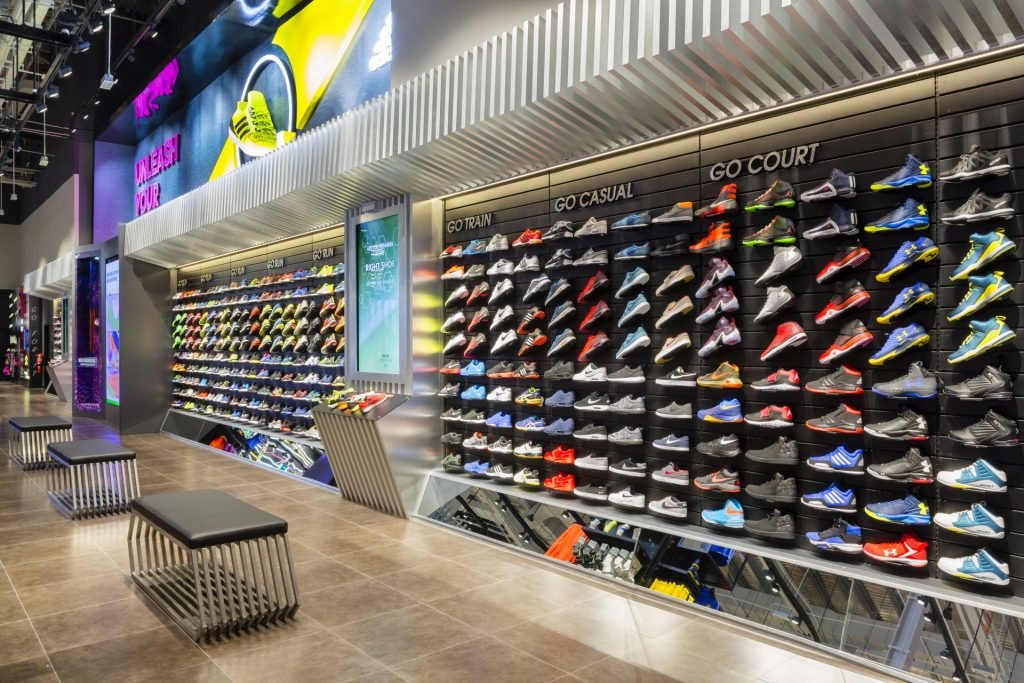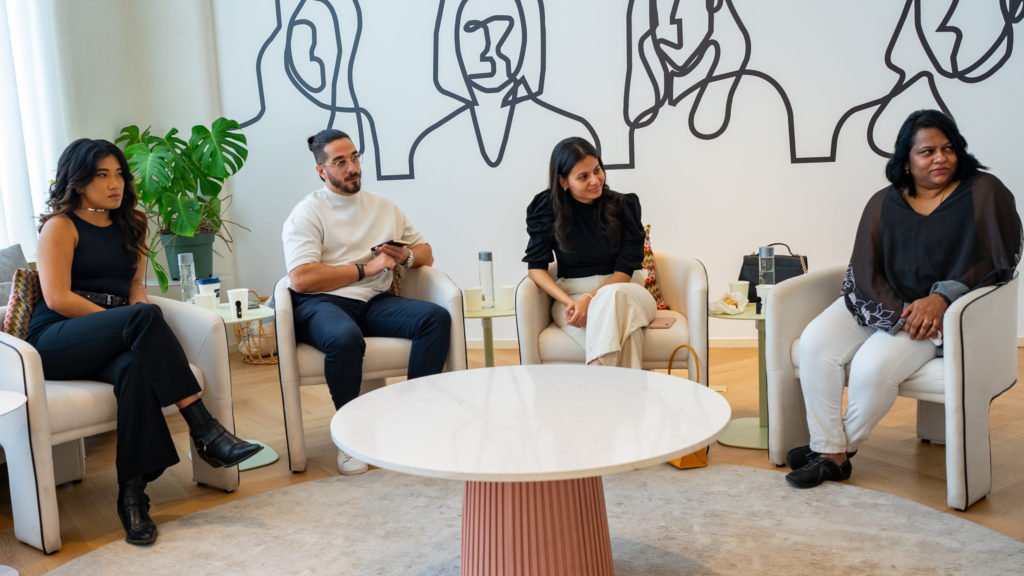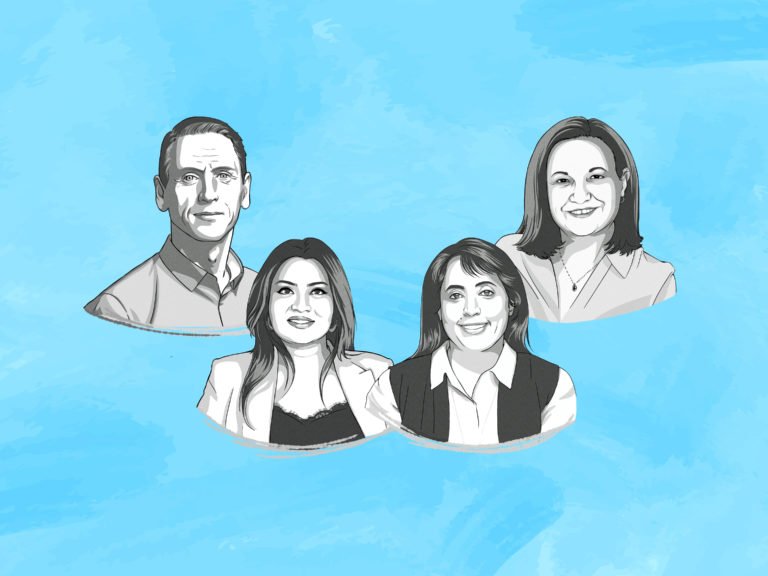Retailers and brands have never had it easy; especially in terms of tougher competition and changing consumer trends that are constantly pushing brand managers to raise the bar for their product and customer experience.
Now, technology has forced retailers into an interesting, albeit challenging, situation. The rise of E-Commerce is creating a paradigm shift; traditional brick and mortar stores are being pushed stores closer and closer to the abyss of redundancy. Though we’re probably not at the point of extinction, brands, both big and small, are re-evaluating their customer experience strategy. For those potential clients who do enter the physical store, brands would like to see fewer people leave empty-handed.
An unlikely area of expertise presents itself as a guide to this challenge. Informed by data and personalized through context, digital User-Experience or UX as it’s more commonly called is an ideal guide to designing spaces for the current generation of shoppers.
“Traditionally, UX hasn’t been a major focus for retailers in the Middle East. But as with everything new, retailers will eventually have to adopt UX as a key part of their consumer engagement journey.In order to ensure good customer experience UX is critical for retailers as demographics are changing rapidly and what worked in the past may not necessarily be a recipe for success in the future”, says Elton Pereira, Retail Operations Director at Sun and Sand Sports. To ensure the best possible customer experience, retail brands and interior designers are looking to maximise on human-centered design principles to create a new kind of retail experience.
According to Adil Amin, Associate at Bluehaus Group, “Positive customer engagement and the resulting experience shopping experience that makes them loyal to a certain brand or store. The challenge is to create a welcoming and relaxed environment, to integrate technology, provide areas for interaction with customers and to create an enticing product display. The product needs to be the hero of the space’. We believe that retail outlets of the future will have a great deal of personalized shopping in addition to a focus on lifestyle, the design will play an essential role in blending these two into a unique retail experience.”

